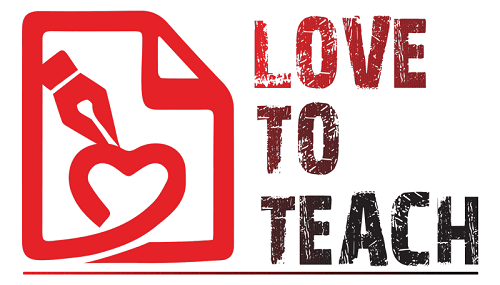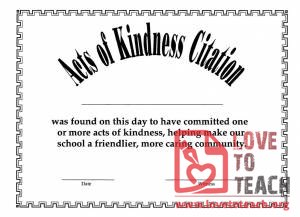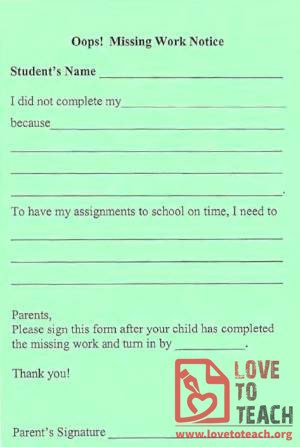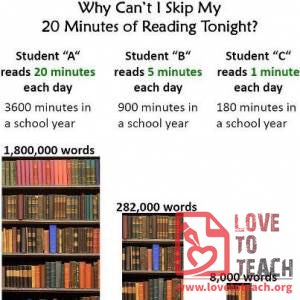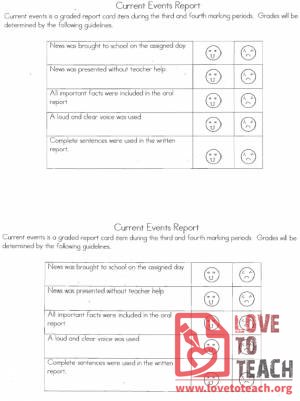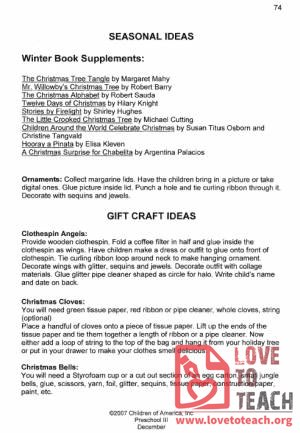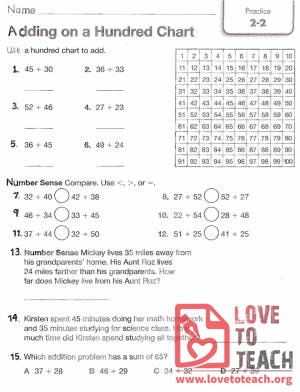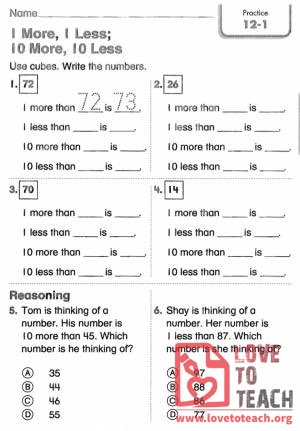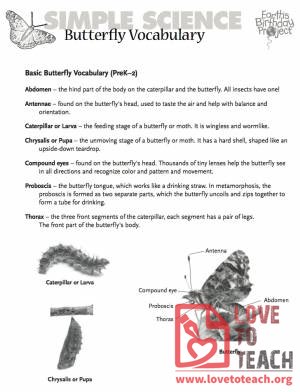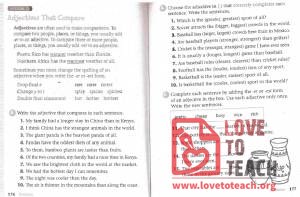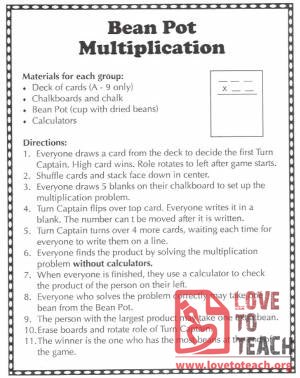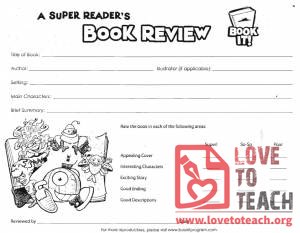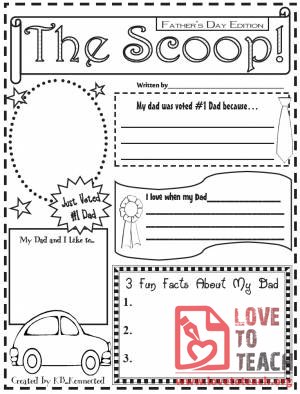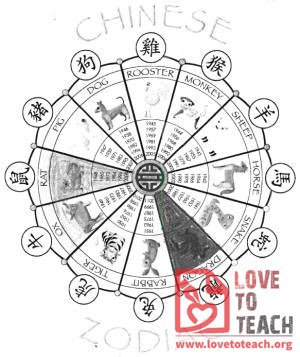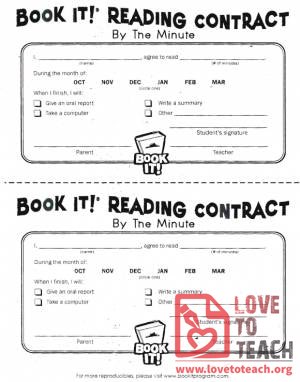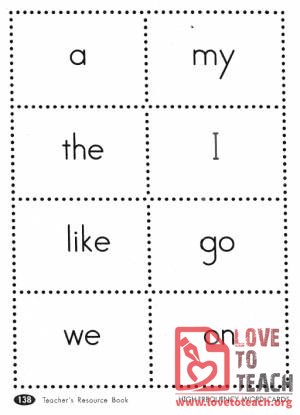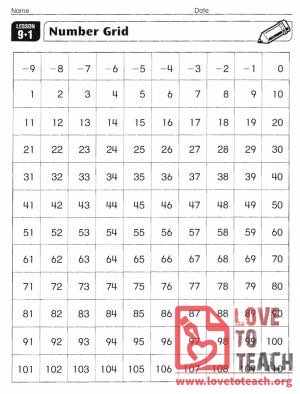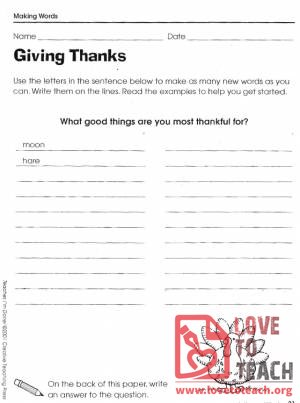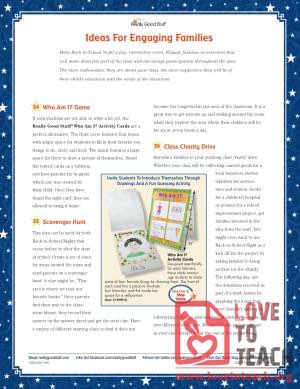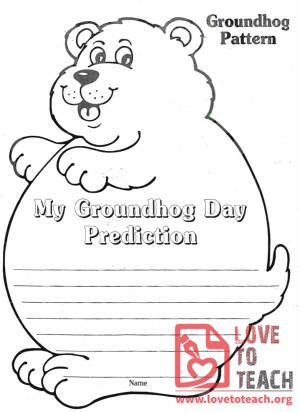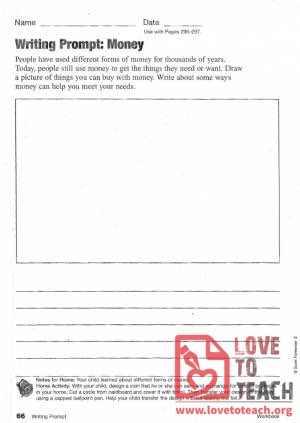Grade 4
Use this reward to reinforce positive behaviors.
Includes missing assignment, student explanation for incomplete work, student's plan to avoid a recurrance, due date, and parent signature line.
This visual shows what students gain by reading 20 minutes vs. 5 minutes vs. 1 minute a day.
This rubric lets students know how they will be graded. Use the top half for the students to grade their own work and put their final grade on the bottom half.
Incorporate all winter holidays with these classroom projects, books, songs, crafts, and more!
Great way to help students visualize addition using a hundred chart.
A great review of adding and subtracting 1 or 10 from various numbers.
Three separate pages of butterfly vocabulary. Each page adds more challenging words.
A review of all basic grammar components.
A game that reviews two- and three-digit multiplication. Take turns being Captain and compete to win the most beans!
A simple and effective way to have students reflect on a book.
Details include title, author, illustrator, setting, main characters, brief summary, and rating different parts of the book.
Celebrate Fathers' Day with this edition of The Scoop newspaper!
Four versions included, to accommodate all family structures (1- dad, 2- brother, 3-uncle, 4-grandpa).
This wheel displays the animals, symbols, and years associated with the Chinese Zodiac.
Use this contract from October through March to help motivate students to read. You need to fill in the bottom left checkbox "Take a computer ______" (ex: quiz or test), child's name, and set a goal for the total number of minutes the child will read that month. Parent and Teacher signatures required.
Note card words include to, you, have, do, what, no, see, look, a, my, the, I, like, go, we, on, they, of, are, that.
High frequency word list for Kindergarteners and common words in writing are available as well.
A handy chart to help children visualize addition, subtraction, multiplication, and division.
This worksheet challenges students to make as many words as they can using the letters from "What good things are you most thankful for?"
Get ideas for inviting families, decorating the classroom, engaging families, parent take-aways, and a checklist (a teacher's best friend) to make the night go smoothly!
Have students write what they think will happen on Groundhog Day!
This prompt lets students draw things they can buy with money and then write a few ways money helps meet their needs.
